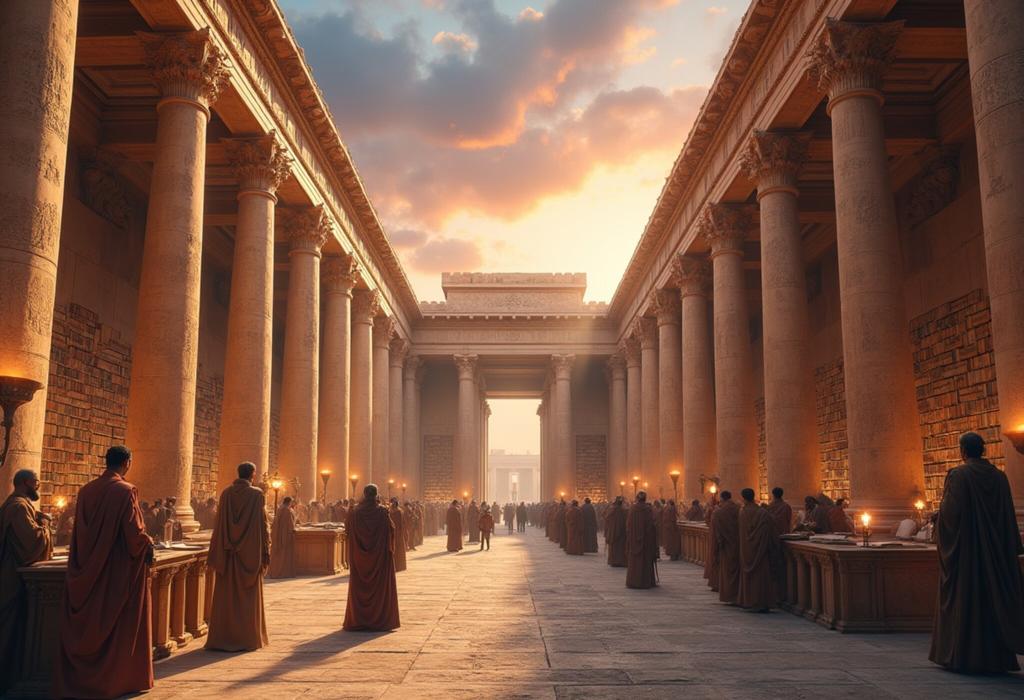For more details on this content, please review the step-by-step guide and frequently asked questions.
The Secret of the Viking Settlements

Step-by-Step Guide
Understanding Viking Culture
To comprehend Viking settlements, begin by learning about Viking culture, including their social structure, mythology, trade, and exploration patterns. The Vikings were known as seafarers and warriors, primarily from Scandinavia, and their society was divided into various classes such as kings, nobles, freemen, and slaves.
The Viking Age Timeline
Familiarize yourself with the timeline of the Viking Age (circa 793-1066 AD). Mark significant events, such as the first recorded raid on Lindisfarne, the establishment of settlements in the British Isles, Greenland, and North America, as well as the eventual decline of Viking power.
Viking Exploration and Settlement Patterns
Investigate how Vikings explored and settled in various territories across Europe, followed by their journeys to Iceland, Greenland, and parts of North America (such as Vinland). Learn about their navigation skills and the ships they used, such as the longship.
Key Settlements: Greenland and Vinland
Delve into specific Viking settlements such as those in Greenland established by Erik the Red and Vinland, a location part of North America believed to be modern-day Newfoundland. Study archaeological findings and sagas that document these settlements.
Daily Life in Viking Settlements
Examine the daily life of Vikings in their settlements, including housing structures (longhouses), agriculture, crafts, and trade practices. Understand the roles of men and women and the community-life dynamics that sustained these settlements.
Religion and Beliefs
Look into the religious beliefs of Vikings, including their mythology and traditions. Understand how their belief in Norse gods, spirituality, and rituals shaped the social fabric of their settlements.
Interactions with Other Cultures
Study the interactions Vikings had with other cultures, including the Celts, indigenous peoples of North America, and the Byzantine Empire, which influenced their trade and way of life.
Archaeological Discoveries
Explore archaeological sites such as L’Anse aux Meadows in Newfoundland and the Viking settlement sites in Greenland. Review how these excavations have contributed to our understanding of Viking life and settlement strategies.
Decline of the Viking Settlements
Research reasons for the decline of Viking settlements, such as climate change, resource depletion, and the transition to Christianity which led to shifts in social structures and lifestyles.
Legacy of the Vikings
Reflect on the lasting impact of Viking settlements on modern culture and society. Consider their contributions to navigation, trade, and cultural exchange as well as how they are romanticized in modern media.








